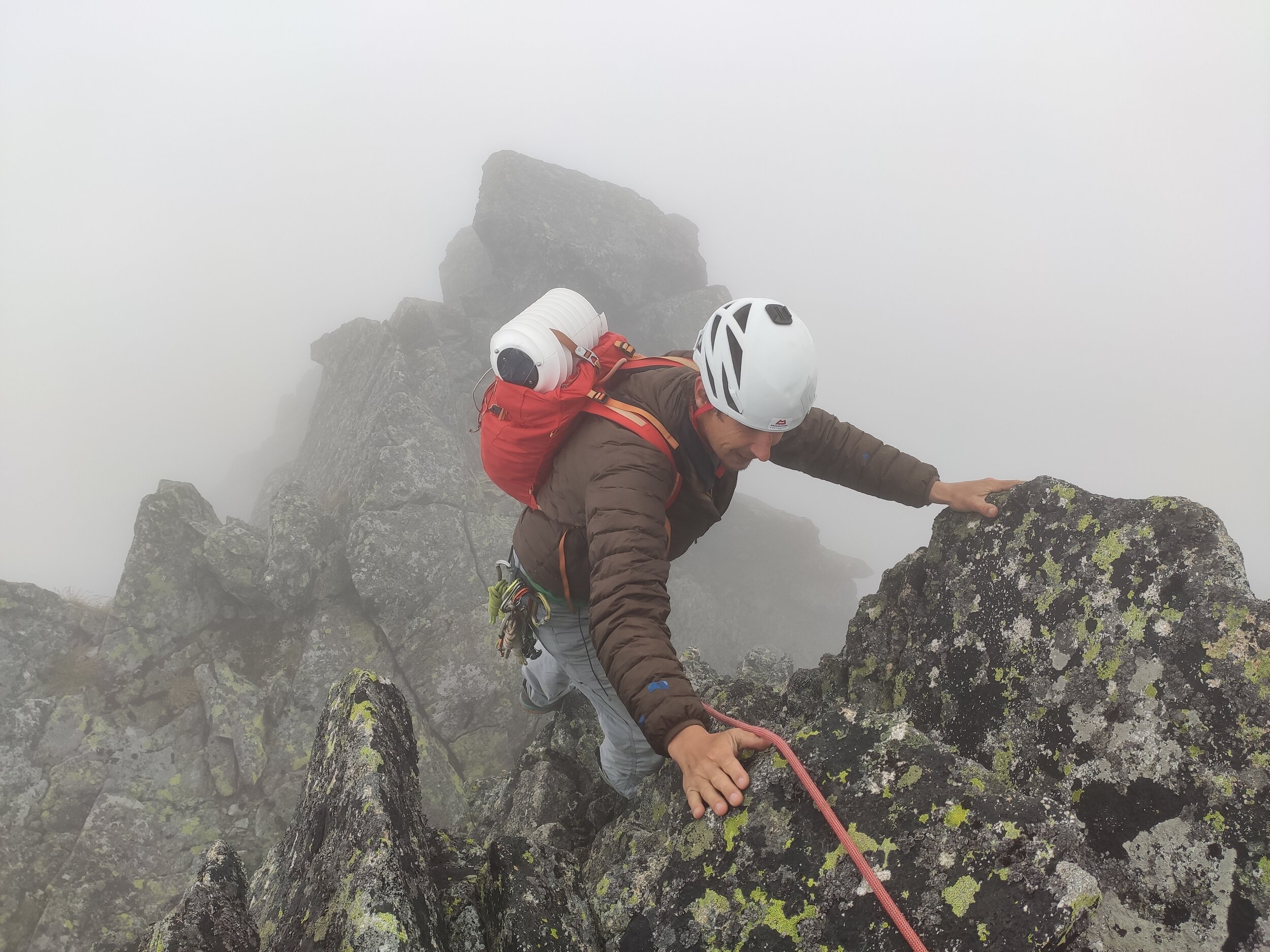Will LoRaWAN kill NB-IoT in stationary sensor applications?
/While NB-IoT has its advantages, the low-cost of LoRaWAN gateways may significantly stun its growth, especially in meteorological and agricultural sensor applications.
The advantage of NB-IoT stemmed from the apparent fact that NB-IoT sensors operate in a licensed radio frequency band with lower radio noise pollution than the free radio frequency bands of LoRaWAN or Sigfox devices. Yet this potential data transmission reliability advantage is discounted by LoRa’s higher sensitivity, higher resistance to interference, and by low RF noise levels in non-metropolitan areas. NB-IoT’s use of licensed frequency bands adds ceiling-less recurring data subscription charges for each deployed sensor.
Additionally, NB-IoT sensors and devices use UDP data transfer protocol which does not guarantee data delivery to the server or data security like SFTP or HTTPS protocols do. All these factors level the playing field and may give the upper hand to LoRaWAN sensors and devices in terms of sensor data delivery reliability and in mission-critical applications.
Total cost advantage of LoRaWAN
With the latest generation of LoRaWAN gateways available for sub $100 USD and the added affordability of running one’s own LoRaWAN server through providers like The Things Industries, the case is clear for LoRaWAN in terms of affordable wide-area wireless sensor networks as required for agriculture and environmental research. Lower cost of LoRaWAN gateways, advantages of LoRaWAN’s star-on-star network topology, and simple gateway deployment scenario minimize upfront investment together, and most of all, minimize recurring data subscription charges.
It is important to understand that gateways that support and operate on the LoRaWAN LoRa Basics™ Station protocol offer superior reliability in terms of data delivery reliability. While the LoRa Basics™ Station protocol consumes more bandwidth on a Wifi, Ethernet or LTE data connection, it operates on the HTTPS protocol to guarantee data security and reliability that UDP cannot.
Opportunity where LTE and NB-IoT coverage ends
For areas on the edge of 3G/4G/LTE/NB-IoT coverage which are commonly found in agricultural applications, simple and highly affordable plug-&-play LoRaWAN solutions combining LTE modems with LoRaWAN gateways offer hard to beat sensor network solutions for weak wireless coverage areas. As an example, the solution offered by BARANI DESIGN Technologies for professional WMO quality environmental monitoring in Africa, USA, Canada, Mexico, Asia, Australia, and South America combines a preconfigured TTIF LoRaWAN Femto gateway or a Wifx Lorix One outdoor gateway with either a MIKROTIK RouterBOARD wAP LTE kit or a MIKROTIK RouterBOARD SXT LTE6 kit.






